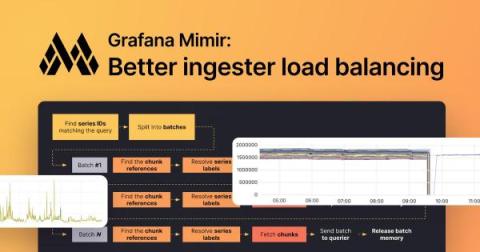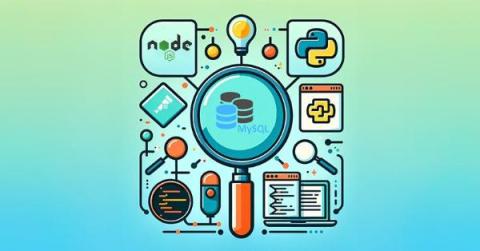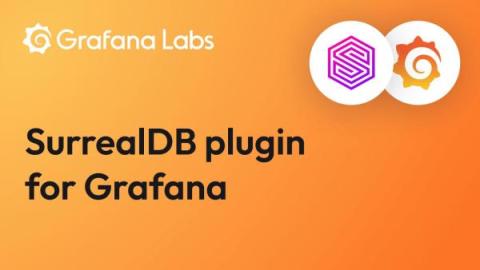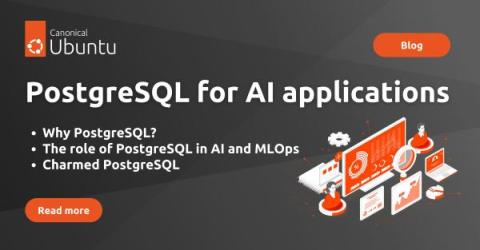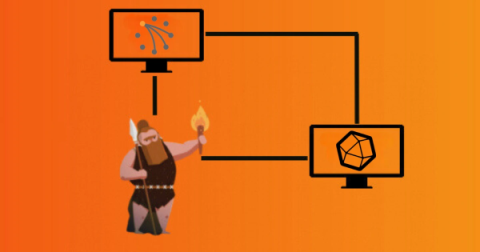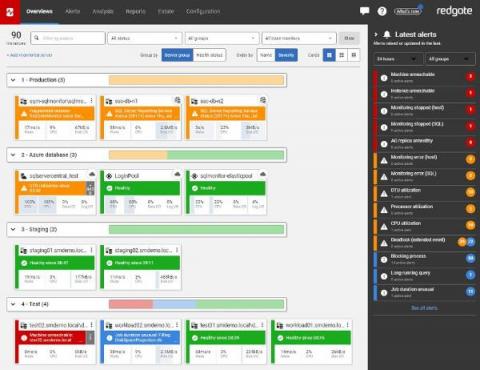How we improved ingester load balancing in Grafana Mimir with spread-minimizing tokens
Grafana Mimir is our open source, horizontally scalable, multi-tenant time series database, which allows us to ingest beyond 1 billion active series. Mimir ingesters use consistent hashing, a distributed hashing technique for data replication. This technique guarantees a minimal number of relocation of time series between available ingesters when some ingesters are added or removed from the system.


